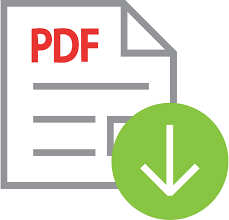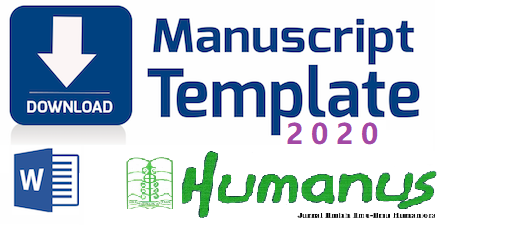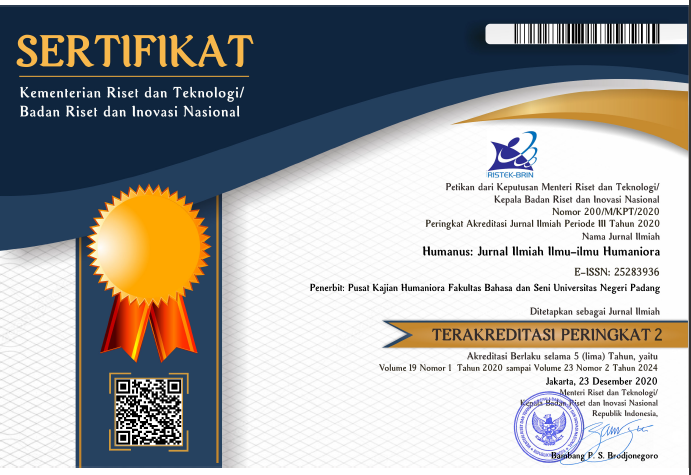Translation Techniques of Legalese Archaisms: Evaluating Human Expertise, Machine Power, and Artificial Intelligence
 ), Hayatul Cholsy(2),
), Hayatul Cholsy(2), (1) Universitas Gadjah Mada
(2) Universitas Gadjah Mada
 Corresponding Author
Corresponding Author
Copyright (c) 2025 Islakhiyah Islakhiyah, Hayatul Cholsy
DOI : https://doi.org/10.24036/humanus.v24i1.131545
Full Text:
 Language : en
Language : en
Abstract
Keywords
References
Aeni, R., Baharuddin, B., Putera, L. J., & Melani, B. Z. (2024). The Accuracy of ChatGPT in Translating Linguistics Text in Scientific Journals. DIDAKTIK Jurnal Ilmiah PGSD STKIP Subang, 10. https://doi.org/10.36989/didaktik.v10i1.2559
Cao, D. (2007). Translating Law. Multilingual Matters. https://doi.org/10.21832/9781853599552
Dewi, H. D., Wijaya, A., & Hidayat, R. S. (2020). English legalese translation into Indonesian. Wacana, 21(3), 446. https://doi.org/10.17510/wacana.v21i3.866
Fariz, H., & Abdurrahman, M. (2023). Analisis Penerjemahan Bahasa Arab ke Bahasa Indonesia Melalui Artificial Intelligence Chat GPT. AL-AF’IDAH: Jurnal Pendidikan Bahasa Arab Dan Pengajarannya. https://doi.org/10.52266/al-afidah.v7i2
Hakiki, A. S., Sulthoni, S., Devi, N., & Aziz, A. (2023). Analisis Hasil Terjemah Google Translate dan ChatGPT Bahasa Arab-Indonesia Study Komparatif. LANEDUNC Journal of Arabic, English, and Indonesian Language Teaching, Linguistics and Literature.
Jiao, W., Wang, W., Huang, J., Wang, X., Shi, S., & Tu, Z. (2023). Is ChatGPT A Good Translator? Yes With GPT-4 As The Engine. https://doi.org/10.48550/ARXIV.2301.08745
Khoshafah, F. (2023). ChatGPT for Arabic-English Translation: Evaluating the Accuracy. https://doi.org/10.21203/rs.3.rs-2814154/v2
Listyo, H., Laksman-Huntley, M., & Dewi, H. D. (2024). Translation of Archaisms in English Contractual Documents. International Review of Humanities Studies, 9(2). https://doi.org/10.7454/irhs.v9i2.1304
Mohamed, Dr. E. A. A.-Al. (2021). Semantic Problems of the Usage of Archaic Morphological Features: Surat Al-Humza (Traducer) as a Model. International Journal of Linguistics, Literature and Translation.
Molina, L., & Hurtado Albir, A. (2002). Translation Techniques Revisited: A Dynamic and Functionalist Approach. Meta, 47(4), 498–512. https://doi.org/10.7202/008033ar
Pym, A. (2016). Translation solutions for many languages: Histories of a flawed dream. Bloomsbury Academic, an imprint of Bloomsbury Publishing Plc.
Ruhmadi, A., & Al Farisi, M. Z. (2023). Analisis Kesalahan Morfologi Penerjemahan Arab–Indonesia pada ChatGPT. Aphorisme: Journal of Arabic Language, Literature, and Education, 4(1), 55–75. https://doi.org/10.37680/aphorisme.v4i1.3148
Rusadi, A. M., & Setiajid, H. H. (2023). Evaluating the Accuracy of Google Translate and ChatGPT in Translating Windows 11 Education Installation Gui Texts to Indonesian: An Application of Koponen’s Error Category. English Language & Literature International Conference, 6. https://jurnal.unimus.ac.id/index.php/ELLIC/index
Supardi, S. (2017). Exploring and Describing Lexical and Grammatical Feature of English Used in Contract. Proceedings of the Fifth International Seminar on English Language and Teaching (ISELT 2017). Fifth International Seminar on English Language and Teaching (ISELT 2017), Padang, Indonesia. https://doi.org/10.2991/iselt-17.2017.29
Tarigan, G. (2009). Pengajaran Analisis Kontrastif Bahasa. Angkasa.
Venuti, L. (1995). The translator’s invisibility: A history of translation. Routledge.
Yin, R. K. (2003). Case study research: Design and methods (3rd ed). Sage Publications.
Yuan, W. (2020). The Evolving Translation in the Changing World: Proceedings of the 7th International Conference on Education, Language, Art and Inter-Cultural Communication (ICELAIC 2020). 7th International Conference on Education, Language, Art and Inter-cultural Communication (ICELAIC 2020), Moscow House of Nationalities, Novaya Basmannaya Street, 4с1, Moscow, 107078, Russia. https://doi.org/10.2991/assehr.k.201215.328
 Article Metrics
Article Metrics
 Abstract Views : 42 times
Abstract Views : 42 times
 PDF Downloaded : 13 times
PDF Downloaded : 13 times
Refbacks
- There are currently no refbacks.
Copyright (c) 2025 Islakhiyah Islakhiyah, Hayatul Cholsy

This work is licensed under a Creative Commons Attribution-NonCommercial 4.0 International License.











